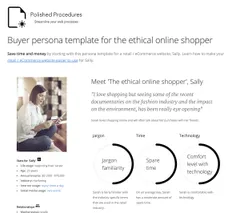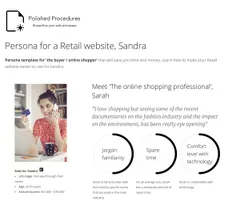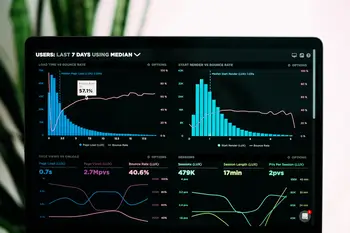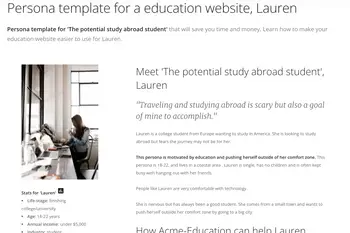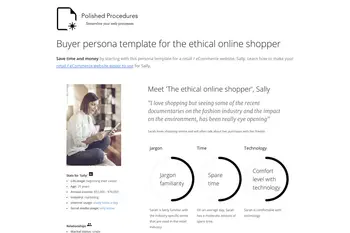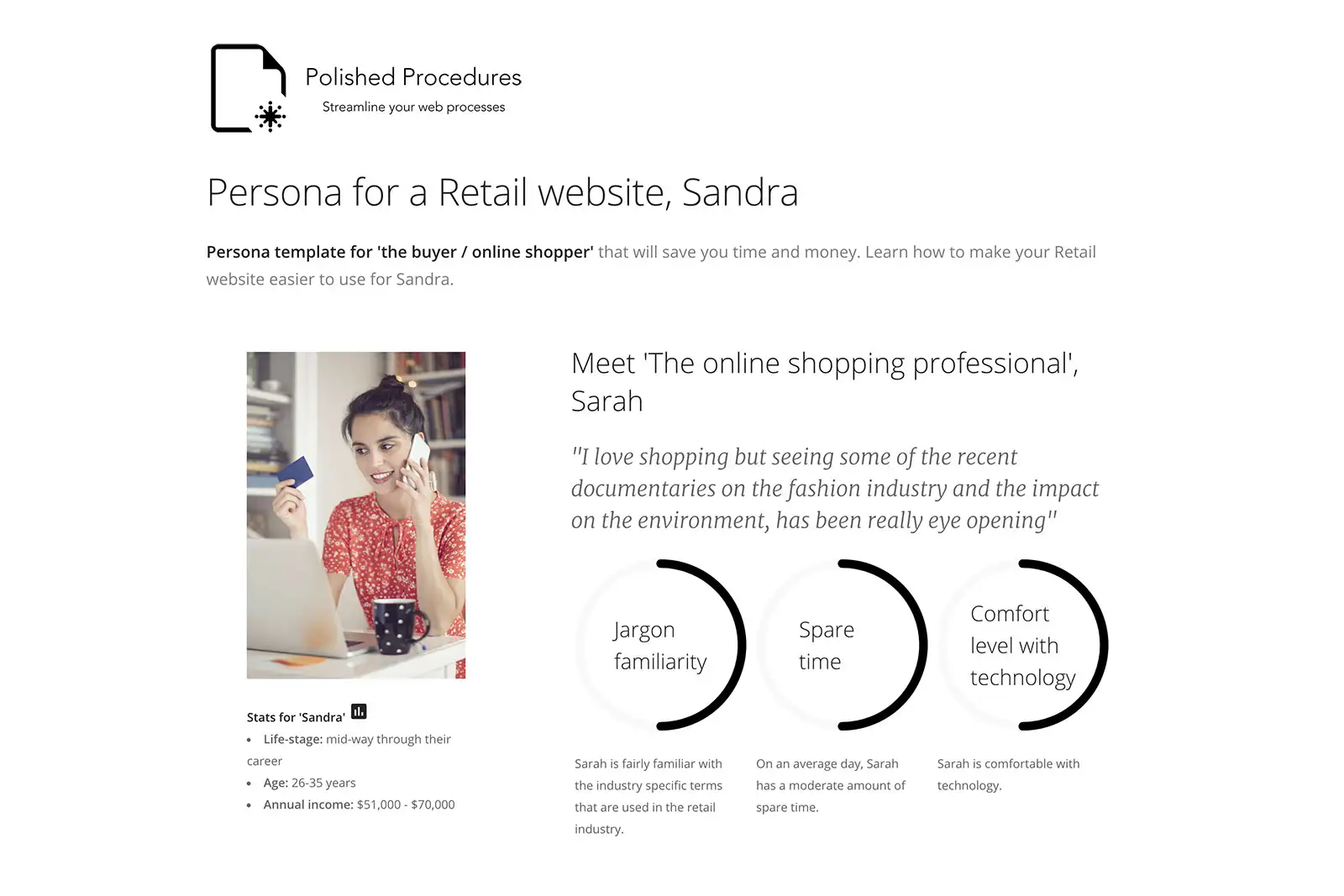
- Read time: 7 mins
- Tech level: low
- Key point: building personas lets you get to know your audience better, which helps you create better campaigns and experiences for them
- Key resource: go straight to the 'persona generator tool'
What’s the difference between a proto-persona and a persona?
Proto-personas are a great way to kick start a website project because they tell you about your target audience and their goals.
But first - what is a proto-persona? In the same way a prototype is the early version of a product, a proto-persona is the early version of a persona. It's a fictional character but contains key information that is critical in UX design because they encapsulate the goals, ambitions, pain points and tasks of your target audience.
The main difference between a proto-persona and a legitimate persona is that a proto-persona is not based on thorough user research, nor is it validated with interviews. A proto-persona is used as a starting point to get people talking, and more importantly, thinking about a website’s ideal audiences. They’re also good for people who may be having trouble conceptualising or visualising what the persona is.
Why use a proto-persona?
Proto-personas can be thought of as provisional personas and they are particularly beneficial in the early development stages of your website. Proto-personas can be created quickly and at relatively low cost. Even though they haven’t been validated with user research, they can still be effective in getting people to think about the audience, especially when it comes to making decisions that will affect your website visitors.
However, the risk here is that important decisions are going to be made based on assumed information. Even before developing proto personas, you still need to do some research such as reviewing website statistics including search logs and common questions/comments that have been submitted to your organization. Hotjar is a low effort and low cost research tool that can get you started. However, in order to properly validate your proto-persona you need to conduct actual user research, which is the next step to turn your proto-persona into a legitimate persona.
Why use a proto-persona generator?
You can have your own proto-persona in minutes instead of days. A generator lets you start with a proto persona template, then customize it from there. You don't need a designer to create a professional persona as all the design work is done for you. With our persona generator, you get guided through each step of the process of creating a proto-persona.
Latest proto-persona templates
See the three latest proto personas created by our persona generator tool.
Five ways to validate a persona
There are five common ways that you can research your audience to validate your persona.
-
1
1. Website statistics
You have specific details about your organisation
-
2
2. Interviews
Our tool works its magic
-
3
Use a Website Accessibility Statement Generator
In minutes (not hours) you have a professional website brief. Get started now
-
4
Implement an accessibility process
You have specific details about your organisation
-
5
Ensure ongoing accessibility maintenance
You have specific details about your organisation
Five ways to validate a proto-persona
There are five common ways that you can research your audience to validate your persona.
1. Website statistics
Your website statistics will provide you with an abundance of useful information regarding your audience. You should go through website statistics using a fine-tooth comb, then split the statistics into groups: people from different countries, people from different regions, people who use the site on a weekday versus a weekend, people who use the site at a certain hour, etc.
2. Interviews and focus groups
Another way to get invaluable information about your audiences is to simply interview them. The conversations have to be done in a structured, non-biased way, but they are also the best way to gather and screen information about your audience. What’s their opinion on your brand? On you? On the website experience? What do they expect from your website? Their answers may surprise you, or they may have questions you hadn’t considered.
If you can't do this in person, then remote user-testing can also be very effective. Card sorting will give you lots of insight into your audience and how they arrange and structure information. This is critical when it comes to creating an intuitive menu structure or information architecture.
3. Talk to employees
You should also talk to your staff or team members on the frontline. These people actually talk to the audiences who are making contact with your organisation. They hear their stories, their tone of voice, they see their expressions, and they can easily provide you with this extremely valuable information. You could organize a proto persona workshop.
4. Talk to people who chose not to engage with your company
Just as it’s important to talk to your own customers, it’s equally as important to talk to people who chose not to be your customers. Was the problem an easy fix, such as a broken link? Or, was there a legitimate issue that needs to be addressed within the company? Talking solely to current customers gives you a very limited view of your audience, so it's important to look at a broad spectrum of information when creating your personas.
5. Look at what your audience is searching for
Looking at your internal search queries to see what people are searching for on your website, as well as the most popular pages and general search volume, is incredibly helpful when it comes to seeing what language your audience is using.
Looking at heat maps on your current website is also useful, but they'll only tell you about the experience of the current website.
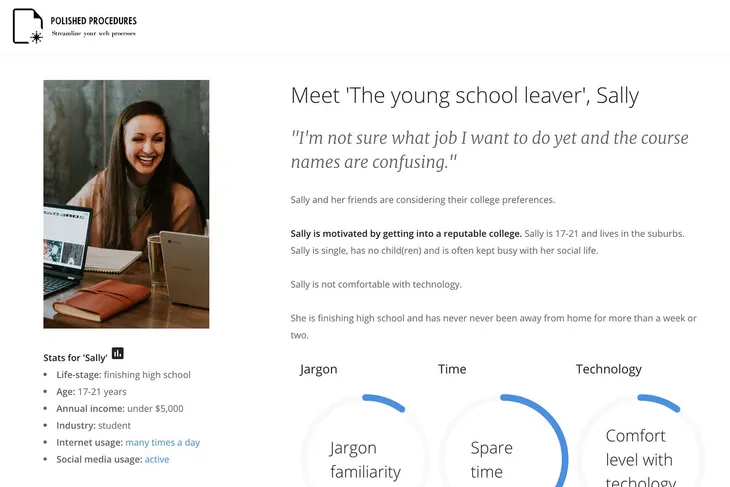
What if I need help building personas?
As you can see, there's a lot of work that goes into properly validating your personas. If you want the peace of mind of having this done by a professional, the experts at Polished Pixels in Sydney are masters at creating personas and conducting research into your audience. This will inevitably result in better engagements and better insights for your company. People who visit your website will feel like they're being understood by you, which means they’ll be more likely to engage.




